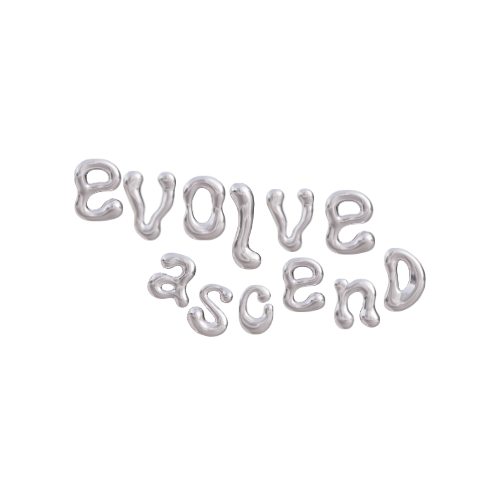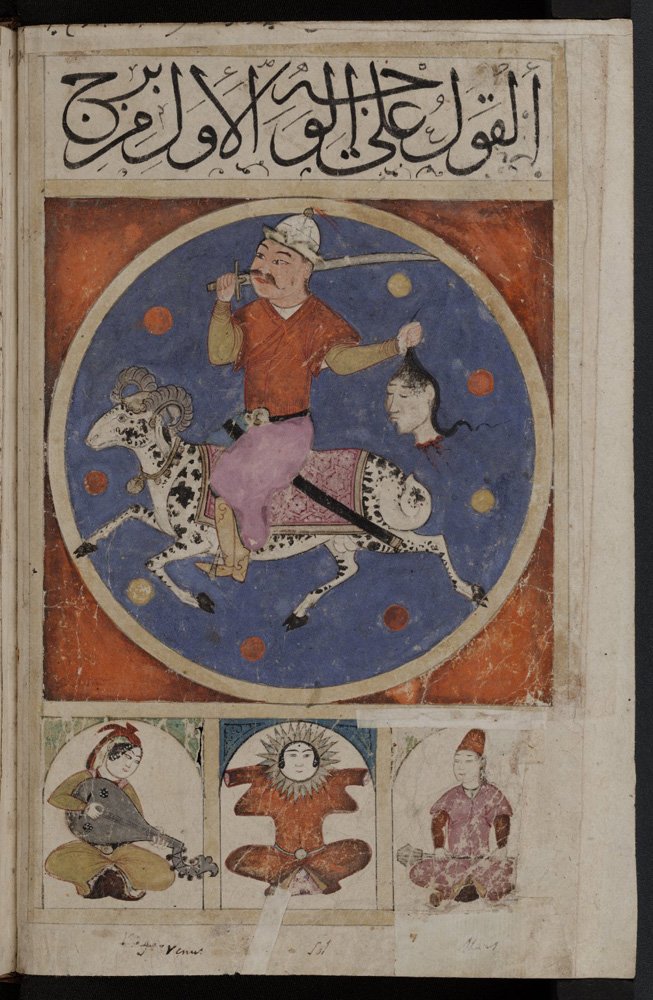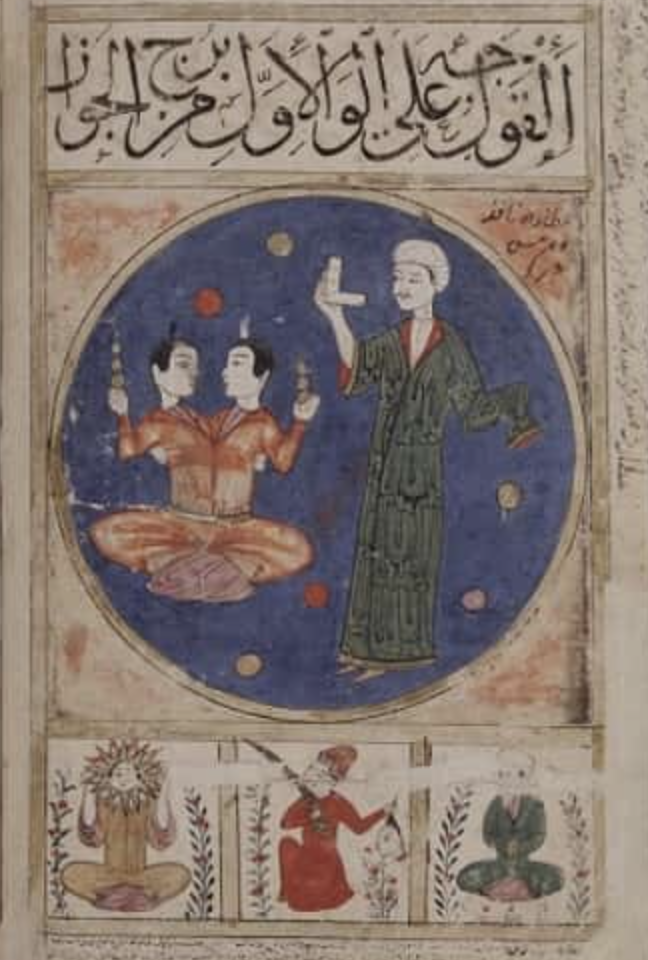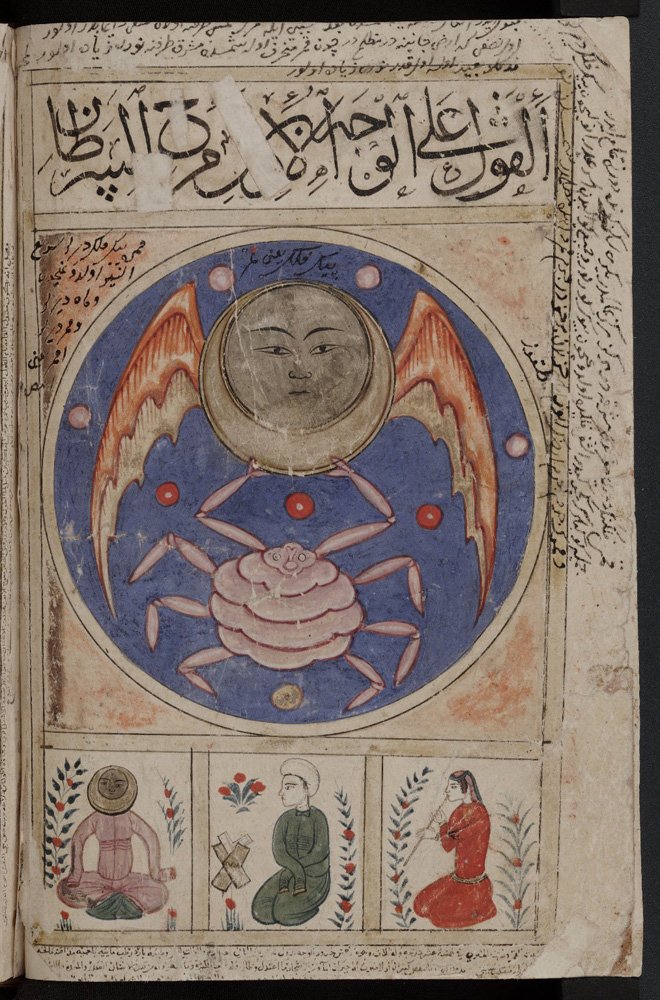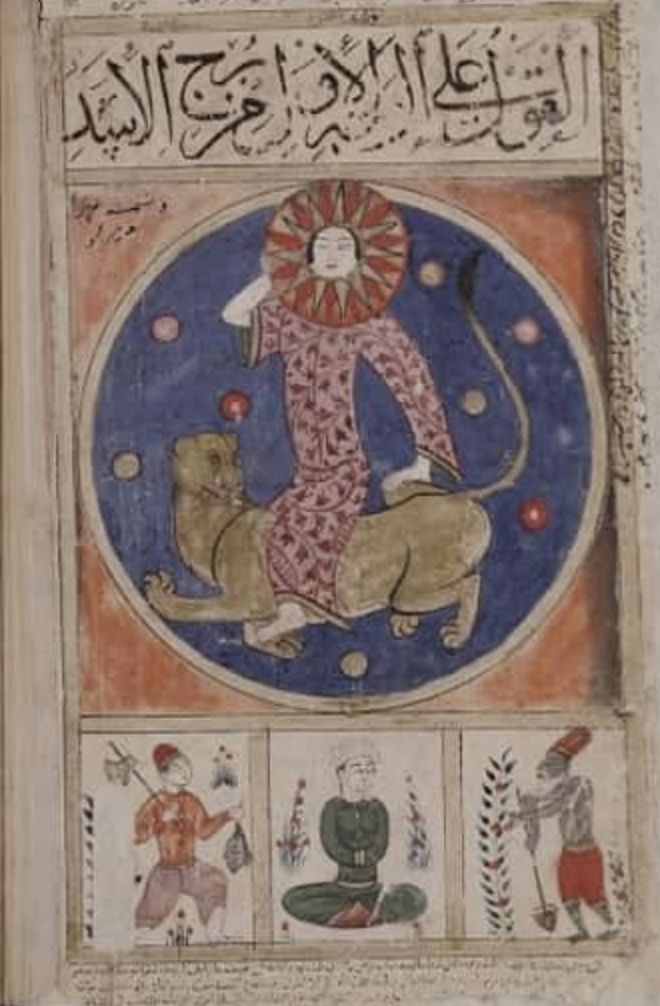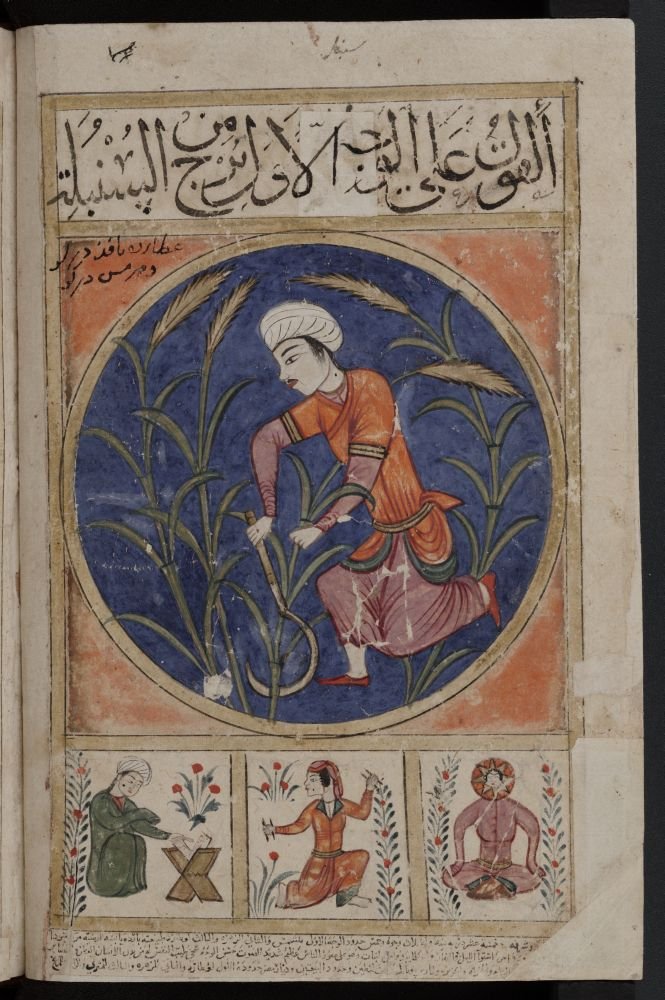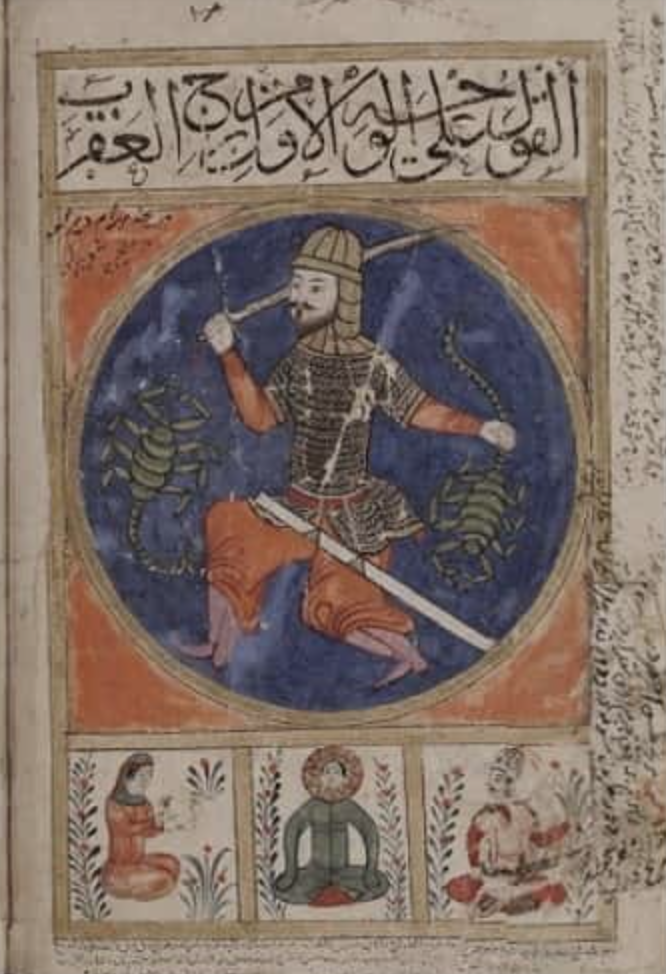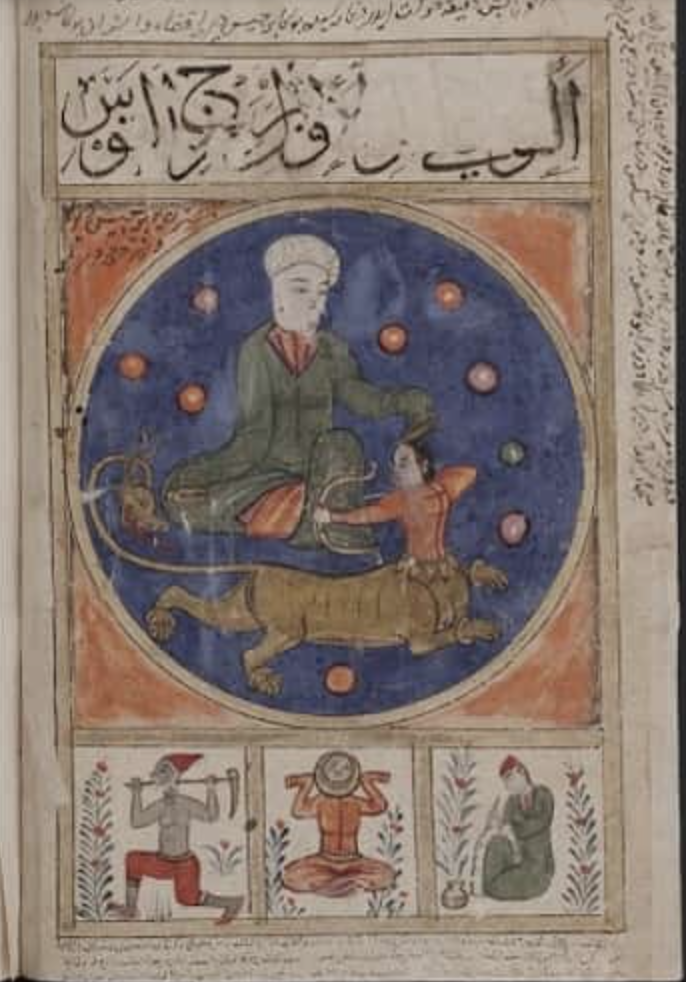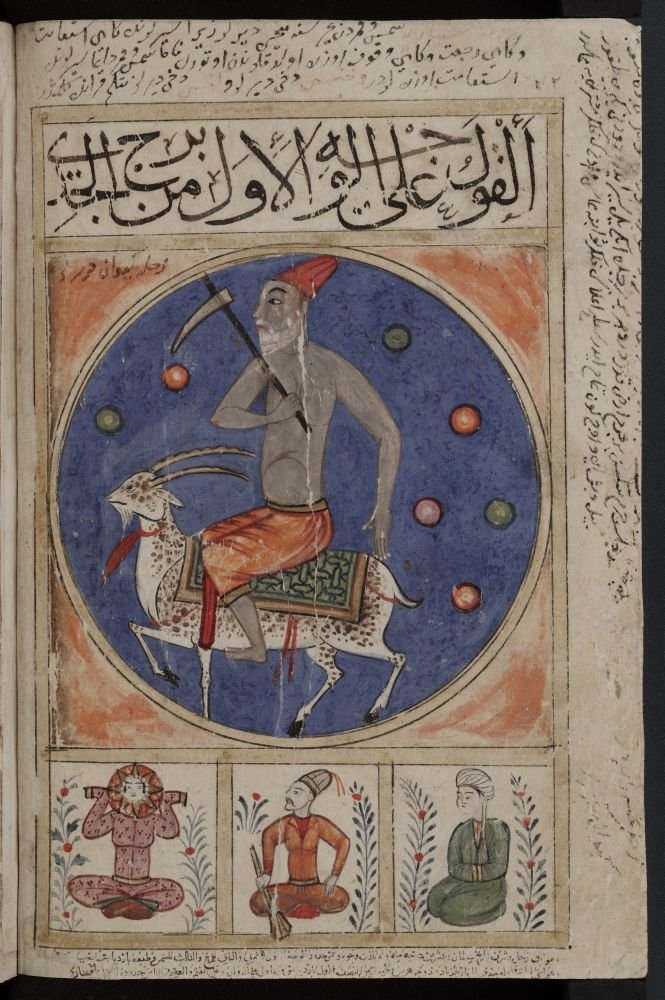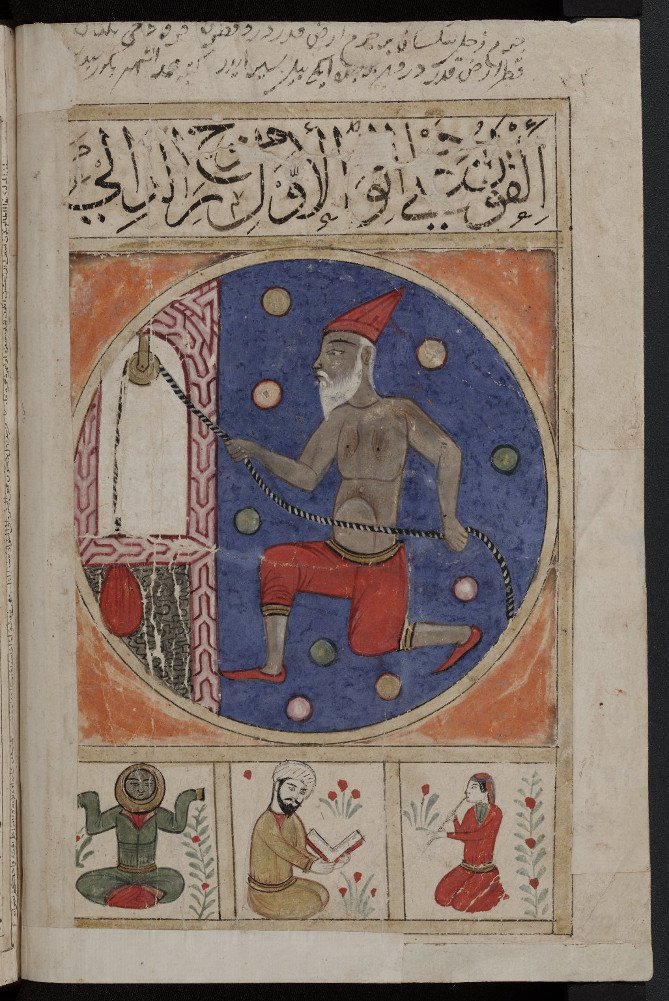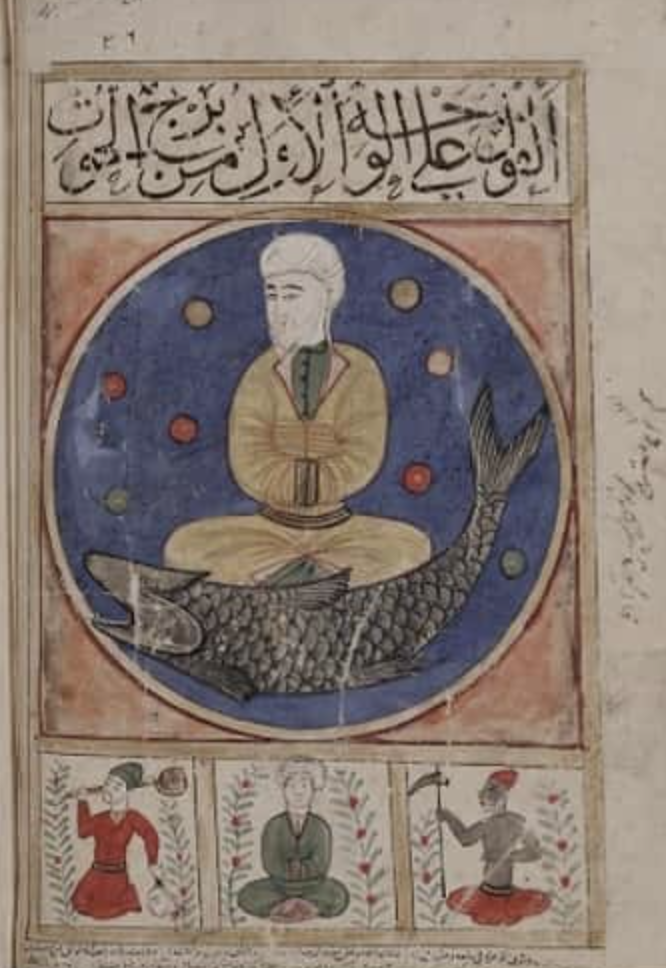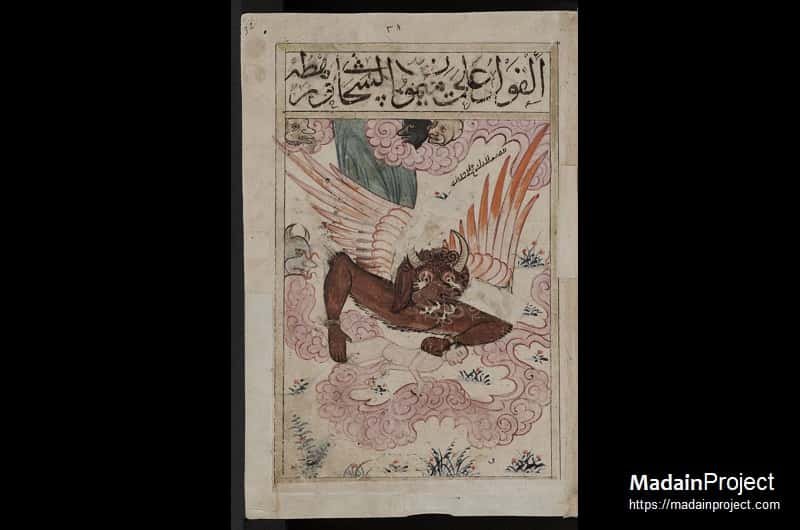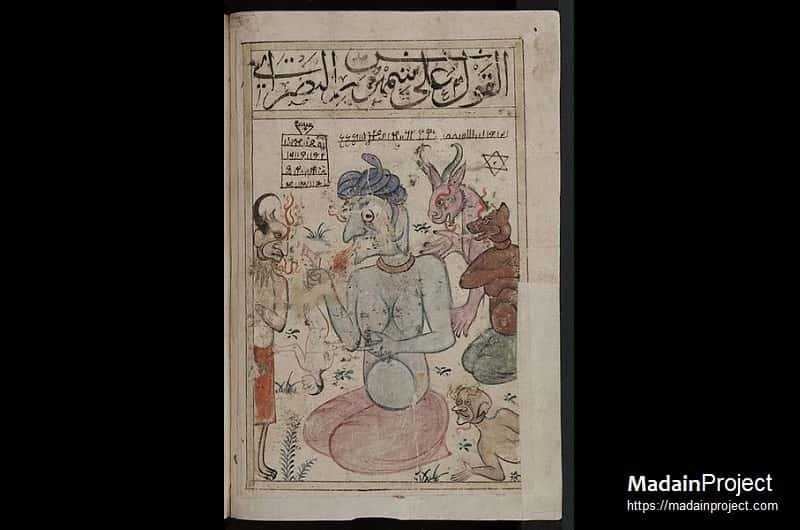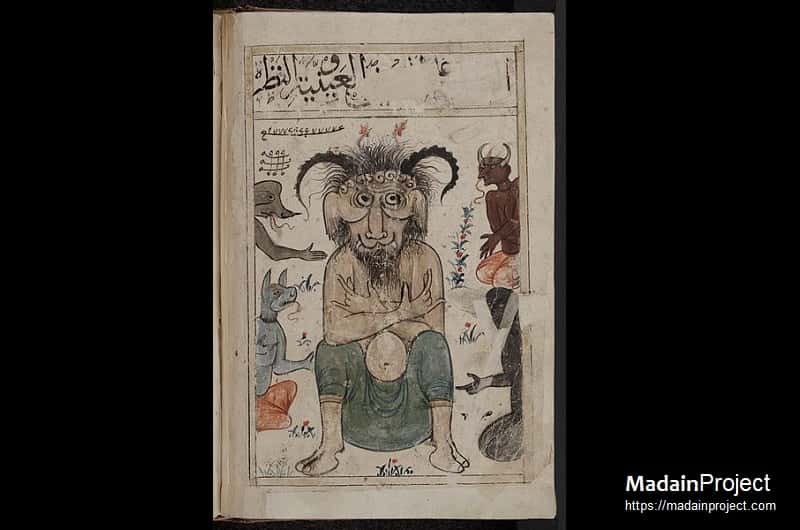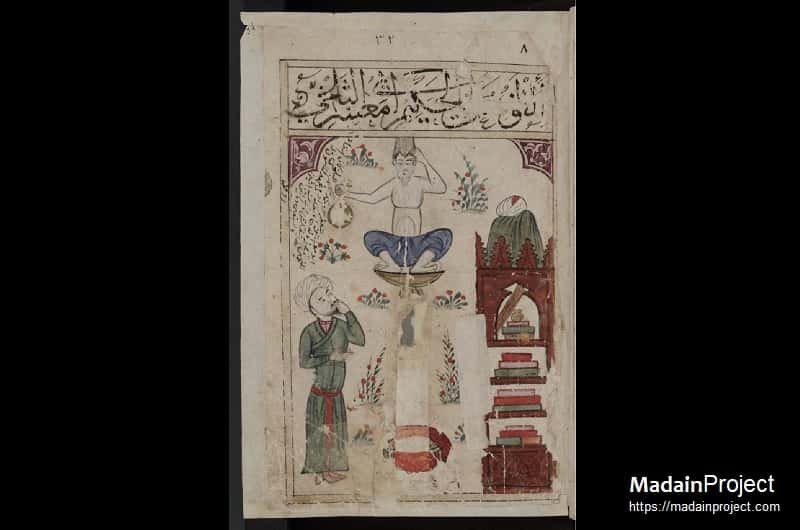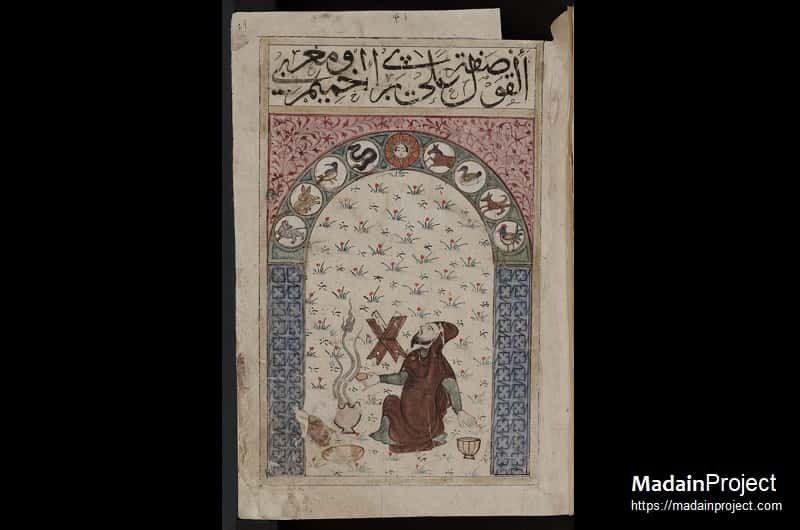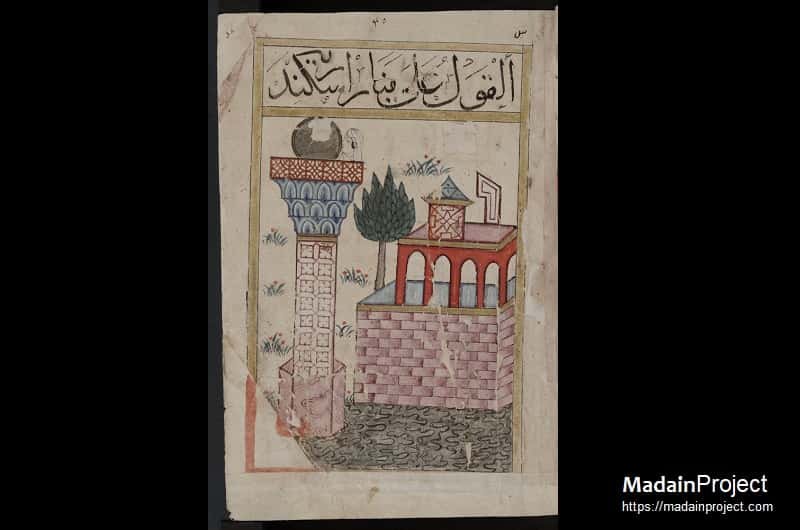Kitab al-Bulhan, “The Book of Wonders”: A Portal to Medieval Islamic Esoteric Knowledge
Introduction
The Kitab al-Bulhan, or "Book of Wonders," is a compendium of medieval Islamic esoteric knowledge compiled in the late 14th or early 15th century. This manuscript is a remarkable window into the confluence of astrology, astronomy, geomancy, and folklore within the Islamic scholarly tradition.
In this post, we'll explore the Kitab al-Bulhan's contents, historical context, and enduring significance, shedding light on its contributions to Islamic and world heritage.
Historical Context and Compilation
Ahmad ibn Ali al-Buni
The Kitab al-Bulhan was compiled during a period of rich intellectual exchange in the Islamic world. Situated in the historical backdrop of the Mongol invasions and the establishment of the Ilkhanate, this era witnessed significant developments in science, philosophy, and the arts. The manuscript itself is believed to have been produced either for or by Ahmad ibn ‘Ali al-Buni, a renowned scholar of the time known for his works on magic and esoteric sciences.
Ahmad ibn Ali al-Buni was a significant figure in the history of Islamic esotericism. His works have left a lasting impact on the study of magic, astrology, and numerology within the Islamic tradition. Flourishing in the late 12th to early 13th century, al-Buni is often associated with the city of Qayrawan in present-day Tunisia, a prominent center of Islamic learning and culture during his lifetime.
Al-Buni's contributions to Islamic esoteric literature are substantial, spanning subjects like the magical properties of letters (ilm al-huruf), the creation and utilization of talismans, and detailed numerological analyses linked to the Arabic alphabet. These practices bear resemblance to those found in mystical Judaism, particularly within the Kabbalistic tradition, which employs Gematria, a method where Hebrew letters are assigned numerical values to uncover hidden meanings and connections within sacred texts.
One of his most famous works, "Shams al-Ma'arif" (The Sun of Knowledge), is considered a seminal text in the field of Islamic occult and has been widely referenced and cited in subsequent esoteric literature.
His writings demonstrate a profound understanding of the mystical dimensions of the Qur'an and Hadith, as well as the symbolic significance of the Arabic language. Al-Buni's work is characterized by a systematic approach to esoteric knowledge, where he sought to harmonize the mystical aspects of Islam with practical applications of magic and divination.
Content Overview
The "Kitab al-Bulhan" encompasses a range of topics, such as astronomy, astrology, and geomancy, and features segments of full-page illustrations. These plates are dedicated to various subjects of discussion, including folktales, zodiac signs, prophets, djinn, and more. Each serves to visually complement the textual discourse within the manuscript.
The Manuscript's Illustrations
ASTROLOGY
The art of the astrology section in the Kitab al-Bulhan offers esoteric illustrations of the zodiac signs, celestial bodies, and their symbolic representations.
DJINN
Djinn are supernatural beings in Islamic tradition, created from smokeless fire and possessing free will. They can be benevolent, malevolent, or neutral. In medieval Islamic esoteric beliefs, each day of the week is associated with a specific djinn, aligning daily and spiritual activities with cosmic and supernatural influences to ensure harmony and protection.
MORE ESOTERIC ART
Enduring Legacy and Influence
The Kitab al-Bulhan's legacy extends beyond its historical period and geographical origin. It represents a key moment in transmitting knowledge across cultures, influencing later European works on astrology and the occult. Today, the manuscript is a subject of study for historians, art historians, and scholars of esotericism, offering insights into medieval Islamic thought, intercultural connections, and the human quest for understanding the unknown.
Its study not only enriches our understanding of Islamic esoteric traditions but also highlights the universal human endeavor to make sense of the cosmos and our place within it.
As we continue to explore and interpret this "Book of Wonders," we uncover new layers of meaning and connections to our shared past, and a deeper understanding of the here and now, and the world to come.
